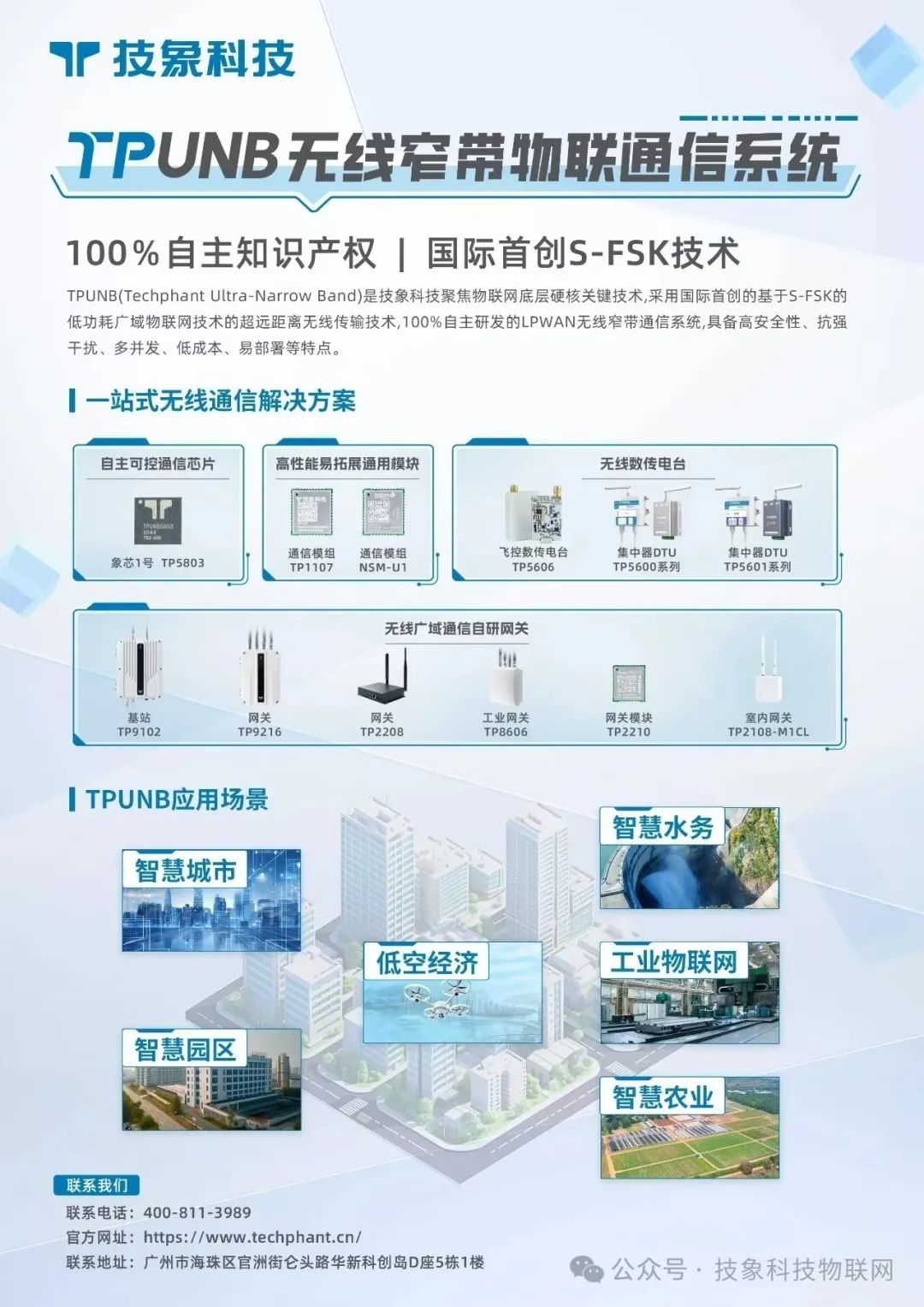

-Data Acquisition Terminal-
New Farmers and IoT:
Data Acquisition Terminals Make Farming Smarter
New farmers are using IoT technology to become pioneers in the agricultural field. They deploy data acquisition terminals, such as sensors, drones, and smart devices, to collect critical data on farmland conditions, crop growth, and livestock breeding in real time. This data provides a scientific basis for precise irrigation, precise fertilization, pest and disease early warning, and livestock health monitoring.
With IoT technology, new farmers have achieved remote monitoring and intelligent control of agricultural equipment, enhancing agricultural productivity and resource utilization. The widespread application of data acquisition terminals is leading agriculture towards a new journey of intelligence, efficiency, and sustainable development.
1
Working Principle of Data Acquisition Terminals

1
Data Acquisition Terminal
2
Working Principle
2
Types and Functions of Data Acquisition Terminals
Data acquisition terminals come in various types, including sensors, drones, and smart devices. These terminals can collect different types of data, such as soil moisture, temperature, light intensity, crop growth status, and livestock health status. At the same time, they can achieve real-time data transmission and remote monitoring, allowing farmers to grasp farmland conditions and crop growth status anytime.
01
Sensors
Sensors are the most basic and common devices among data acquisition terminals. They monitor various environmental parameters in real-time by detecting physical quantities and converting them into measurable and processable signals.
In agriculture, sensors can be installed in fields to monitor environmental parameters such as soil moisture, temperature, and light intensity. These parameters are crucial for crop growth, and the data collected by sensors can help farmers better understand the farmland environment, leading to more accurate decisions.
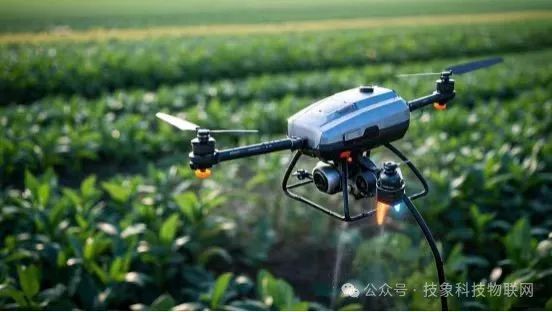
02
Drones
Drones are increasingly used as data acquisition terminals in agriculture. They can carry various sensors and imaging devices to monitor farmland from the air. By collecting images of farmland, drones can identify crop growth conditions and pest occurrences.
Drones can also carry smart devices, such as spraying equipment, to achieve precise fertilization and pesticide application. This not only improves agricultural production efficiency but also reduces the use of pesticides and fertilizers, lowering environmental pollution.
03
Smart Devices
Smart devices are another major category of data acquisition terminals. They integrate components such as sensors, controllers, and actuators to achieve real-time monitoring and control of farmland conditions. For example, smart irrigation systems can automatically adjust irrigation amounts based on soil moisture and crop water needs, ensuring crops receive adequate moisture;
Smart greenhouses can automatically adjust indoor environmental conditions based on light intensity, temperature, and other parameters to provide the best growing environment for crops. The application of these smart devices not only enhances the automation level of agricultural production but also significantly improves crop yield and quality.
In addition to these three main types of data acquisition terminals, there are other types, such as handheld data acquisition terminals and fixed data acquisition terminals. These terminals typically feature portability, ease of use, and high precision, making them suitable for data collection tasks in various complex environments.
Functions of Data Acquisition Terminals
• Data Collection: Various data acquisition terminals can collect various types of data, such as environmental parameters and crop growth status in real-time.
• Data Transmission: The collected data can be transmitted to data centers or cloud servers via wired or wireless methods for subsequent analysis and processing.
• Real-time Monitoring: Data acquisition terminals can monitor farmland environmental parameters and crop growth status in real-time, helping farmers identify problems and take action promptly.
• Remote Control: Some smart devices can achieve remote control functions, such as automatic irrigation control in smart irrigation systems and environmental condition adjustment in smart greenhouses.
• Data Analysis: The collected data can be processed and analyzed using data analysis software to extract valuable information and patterns, providing scientific basis for agricultural production.
3
How New Farmers Use Data Acquisition Terminals to Develop Agriculture
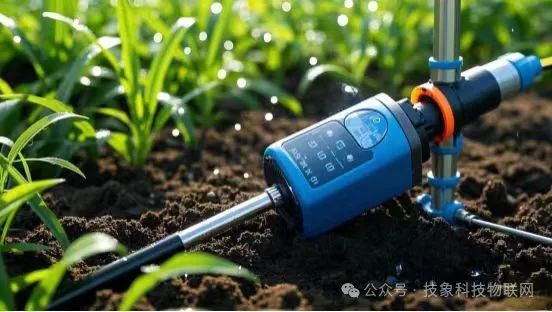
1. Precision Agricultural Production
Soil Monitoring
New farmers utilize data acquisition terminals to monitor soil moisture, temperature, pH, and nutrients in real-time. By monitoring soil moisture, they can reasonably adjust irrigation systems to ensure crops receive sufficient water at different growth stages. At the same time, based on soil nutrient content, they can apply precise fertilization to improve fertilizer utilization and reduce resource waste. For example, when planting vegetables, soil moisture sensors monitor soil moisture in real-time, automatically activating the irrigation system when soil moisture falls below a set value, while adjusting fertilization amounts based on soil nutrient content to ensure the necessary nutrients for vegetable growth.
Crop Growth Monitoring
Data acquisition terminals can monitor crop growth conditions, such as plant height, leaf area, and fruit size. By analyzing this data, they can detect abnormalities in the crop growth process and take corresponding measures to adjust. For example, by monitoring plant height and leaf area, they can determine whether crops are growing normally; if yellowing leaves or slow growth are detected, they can analyze the causes and adjust planting strategies in a timely manner.
Environmental Monitoring
Data acquisition terminals can monitor agricultural environmental factors such as air quality, temperature, humidity, and light. By monitoring these environmental factors, they can provide favorable conditions for crop growth. For instance, in a greenhouse, they can adjust ventilation, shading, and heating equipment based on the monitored temperature, humidity, and light to ensure crops grow in suitable conditions.
2. Agricultural Product Quality Traceability
Production Process Records
Data acquisition terminals record the entire process of agricultural products from planting, processing to sales, including planting processes, fertilization, pesticide use, harvesting, and processing. This information can be stored and transmitted in the form of QR codes or labels, allowing consumers to scan the QR code to obtain detailed information about the agricultural products.
Quality Testing
Data acquisition terminals can perform quality testing on agricultural products, including testing for nutritional components, pesticide residues, and heavy metal content. By analyzing these testing data, they ensure that agricultural product quality meets standards. For example, during the processing of agricultural products, they can test for nutritional components and pesticide residues to ensure the safety of agricultural product quality.
Traceability System Establishment
By establishing an agricultural product quality traceability system, consumers can learn about the origin, production process, and quality testing of agricultural products. This not only increases consumer trust in agricultural products but also helps new farmers enhance quality control and improve the competitiveness of agricultural products. For instance, consumers can scan QR codes to obtain detailed information about agricultural products, including production processes and quality testing.
4
Applications of Data Acquisition Terminals in Agricultural Development
1
Smart Farms
Smart Irrigation Systems: New farmers have installed IoT data acquisition terminals in smart farms to achieve intelligent control of irrigation systems. By monitoring soil moisture, temperature, and other information, they automatically adjust the operation of irrigation systems to ensure crops receive sufficient water. At the same time, by analyzing irrigation data, they optimize irrigation strategies and improve irrigation efficiency.
Crop Growth Monitoring Systems: Data acquisition terminals monitor crop growth conditions in real-time, including plant height, leaf area, and fruit size. By analyzing this data, they can promptly detect abnormalities in crop growth and take corresponding measures to adjust. For instance, by monitoring crop growth conditions, they can quickly identify pest occurrences and take appropriate control measures.
Quality Traceability Systems for Agricultural Products: Data acquisition terminals record the entire process of agricultural products from planting, processing to sales, including planting processes, fertilization, pesticide use, harvesting, and processing. By analyzing this information, they achieve agricultural product quality traceability. For example, consumers can scan QR codes to obtain detailed information about agricultural products, including production processes and quality testing.
2
Agro e-commerce
Product Information Collection: Data acquisition terminals collect relevant information about agricultural products, including the origin, growth environment, and quality testing of agricultural products. By analyzing this information, they provide accurate product information for agro e-commerce. For example, by analyzing the origin and growth environment of agricultural products, they provide high-quality products for agro e-commerce.
Customer Demand Analysis: Data acquisition terminals collect customer demand information, including purchasing behavior, preferences, etc. By analyzing this information, they provide personalized services for agro e-commerce. For instance, by analyzing customer purchasing behavior and preferences, they offer personalized product recommendations for agro e-commerce.
Logistics and Distribution Management: Data acquisition terminals manage logistics and distribution processes, including delivery times, locations, and transportation methods. By analyzing this information, they improve logistics and distribution efficiency and reduce logistics costs. For example, by managing the logistics and distribution process, they enhance logistics efficiency and reduce logistics costs.
3
Agricultural Eco-Tourism
Scenic Area Environmental Monitoring: Data acquisition terminals monitor the environmental quality of scenic areas, including air quality, water quality, and soil quality. By monitoring these environmental factors, they provide a good tourism environment for visitors. For example, by setting up air quality monitoring stations in scenic areas, they can monitor air quality in real-time to provide a healthy tourism environment for visitors.
Visitor Behavior Analysis: Data acquisition terminals collect visitor behavior data, including travel routes, dwell time, and consumption behavior. By analyzing these data, they understand visitor needs and preferences, providing personalized services for scenic areas. For instance, by analyzing visitor travel routes and dwell time, they can identify visitor interests and provide personalized tourism services for scenic areas.
Tourism Resource Management: Data acquisition terminals manage tourism resources, including scenic spots, facilities, and activities. By managing these resources, they improve the quality of tourism services in scenic areas. For example, by managing scenic spots and facilities, they ensure facilities are well-maintained to provide visitors with a good tourism experience.
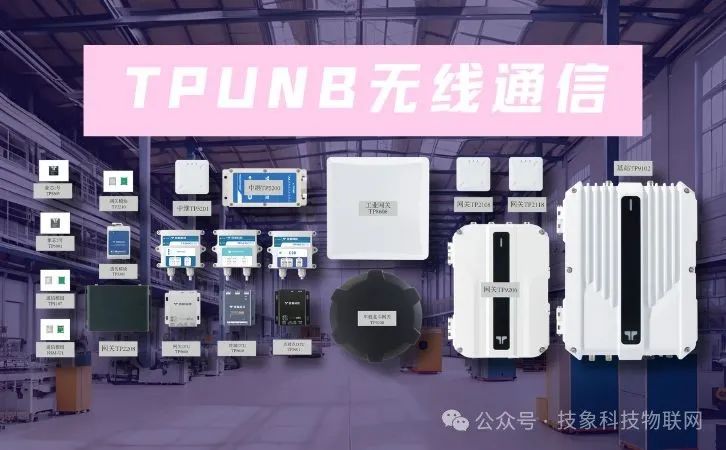
5
Development Trends of Data Acquisition Terminals
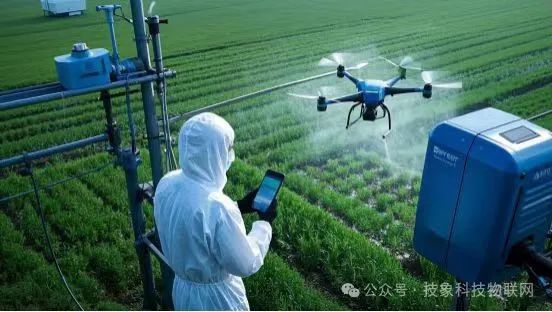
Intelligentization
With the development of artificial intelligence technology, data acquisition terminals will become increasingly intelligent. They will be able to automatically identify, process, and transmit data, improving the automation and intelligence levels of data processing. At the same time, data acquisition terminals can interact with other smart devices to achieve more efficient data collection and transmission.
Networking
Modern data acquisition systems have gradually developed towards networking. Data acquisition terminals can communicate with remote servers or other devices via wireless networks, enabling real-time data transmission and sharing. This will help build more efficient data collection and analysis systems, providing more convenient data services for various industries.
High-speed
With the increasing demand for data collection, data acquisition terminals need to collect and process data at higher speeds. Therefore, developing high-speed, high-performance data converters and data processors will be an important direction for the development of data acquisition terminals.
Miniaturization
The miniaturization of data acquisition terminals will make them easier to carry and install. At the same time, miniaturized data acquisition terminals can also reduce production costs, meeting data collection needs in different environments.
IoT data acquisition terminals provide important support for new farmers in developing agriculture, helping them achieve precision agricultural production, improve product quality, optimize agricultural management, and expand market channels. As IoT technology continues to develop, data acquisition terminals will play an increasingly important role in the agricultural development of new farmers. New farmers should actively learn and apply IoT technology, continuously enhance their capabilities and qualities, and contribute more significantly to agricultural development.
